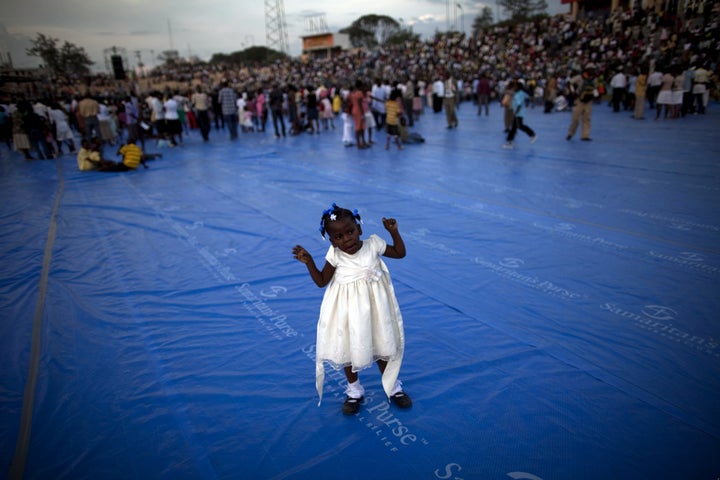
The earthquake that hit Haiti a year ago today was the sharpest single shock in a 400 year history characterized by very hard times. This country's history begins with the extermination of the native people, slavery of a brutality unequaled in the Western hemisphere, the persistence of an unequal society with almost uniformly limited political concern about the poor majority, and dictatorship and foreign intervention.
The majority of Haitians have a lifespan shortened by malnutrition, infectious disease (including HIV and tuberculosis), poor maternal health care, environmental destruction, and the toll of back-breaking labor. The earthquake brought additional plagues. One of these has been a cholera epidemic engendered by poor access to clean water (already a problem before the earthquake), poor management of sewage, limited access to coordinated health care and poor routes of public health communication -- all problems of the sort we call in medicine "pre-existing conditions," but exponentially worsened by social disruption and the re-organization of the population in Port au Prince into fundamentally unsound living conditions -- barely alleviated by only a fraction of the external aid that was promised.
Living conditions have played a central role in the epidemic of sexual assault that is suffered by women and children living in the Internally Displaced Persons camps, promoted by living conditions including insecure structures made of bedsheets and tarps, the absence of light at night, and the absence of the social protections offered by familiar neighbors and social networks. Yet another is the year-old existence of a large disabled population, including individuals who suffer from amputations after crushing injuries, loss of function, minimal access to rehabilitation and prosthetic devices, joining those who were disabled prior to the earthquake. Those who struggle with the burden of loss of limbs and function are joined by the millions who suffered the loss of family and friends. Those individuals who already suffered from mental disorders -- almost certainly untreated -- prior to the earthquake have had to deal with worsening of their conditions and an almost total absence of a mental health care system.
Under such extraordinary corrosive conditions, resilience is possible. Some individuals faced with horrific circumstances find a way to make a life, or try. Resilience is defined, in physics, as the capacity of some material to absorb energy and respond elastically so as to retain its integrity and not become deformed as a result of the forces it is subject to. The emotional equivalent is a person's ability to absorb stress and not be broken by it. Faith and hope foster resilience. Basic public health conditions and health and mental health services add to the likelihood of resilience. But resilience must be nurtured. People, not institutions, are what foster resilience. This is why individuals, families and communities, for their neighbors and those across the tracks, need to ask "what can I do?"
The continuing magnitude of distress in Haiti should not fail to respect Haitians' fortitude. The destructive conditions which have weighed upon the vast majority of the Haitian people continue. Yet, Haitians have returned to work and the rest of life. The necessity of these purposes remarkably asserts itself in the face of circumstances that shake the imagination.
This post was co-authored with Cassis Henry, M.D., a Fellow in Public Psychiatry in the Department of Psychiatry at Columbia Physicians and Surgeons. She has been a member of Partners in Health in Haiti for many years.
The opinions expressed herein by Dr. Sederer are as a psychiatrist and public health advocate.
Dr. Sederer receives no support from any pharmaceutical or device company.
For questions you want answered, reviews and stories, visit Dr. Sederer's website at www.askdrlloyd.com.